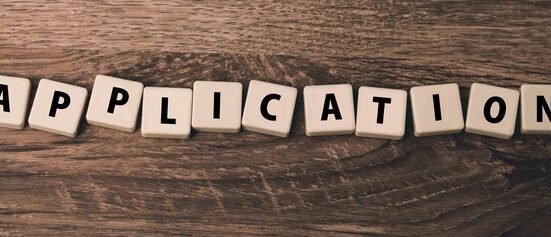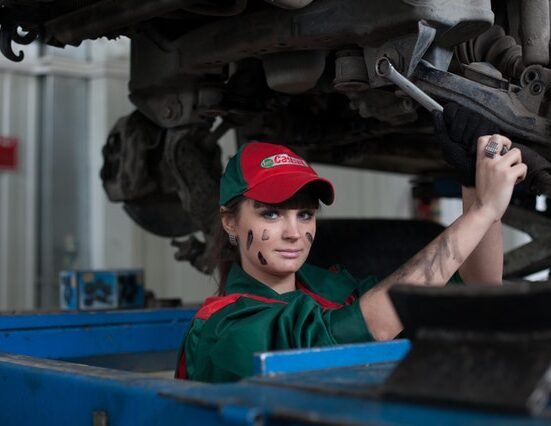PCB Circuit Boards are a fundamental element of just about all equipment, like cars, cell phones, computer systems and much more. To create a custom PCB, first the electronic diagram from the needed circuit is ready using Computer Assisted Design (CAD) software. Next the PCB prototype is developed using Computer Assisted Manufacturing Software technology.
The most popular materials employed for manufacturing PCBs are FR4, FR4 Hot Temperature, Polyimide, GeTek, Rogers, Arlon, Nelco, Ceramic, Alumina, Bakelite, FR1, CEM5 and CEM1. The dimensions and thickness from the board is dependent upon the needs from the circuit. The substrate is included getting a layer of copper. Then, using photosensitive coating, the circuit diagram is printed round the board. The unwanted copper is etched out of the board to create copper “tracks”, known as traces. This method is called Photoengraving. You will find two other common techniques employed for developing hooking up traces. PCB milling can be a mechanical system where undesirable copper is slowly removed with CNC machines. Another process is Silk-Screen printing, where special ink that’s etch-resistant may be used to purchase areas where the copper traces are necessary.
Once the board is ready with copper traces, holes are drilled to the board to construct leaded electrical and electronic components. For drilling, special Tungsten Carbide drill bits or laser may be used. The holes made are full of hollow rivets or covered through utilizing an electroplating process, thus developing an electric connection one of the various layers. The next thing is coating from the entire board, except holes and pads, with hiding material. Materials generally used for this function are: lead solder, lead free solder, OSP (Entek), deep/hard gold (electrolytic nickel gold), immersion gold (electroless nickel gold – ENIG), wire bondable gold (99.99% pure gold), immersion silver, expensive gold, immersion container (whitened container), carbon ink, and SN 100CL, an alloy of container, copper, and nickel. The final step is screen-printing, in which the legend and text are printed around the PCB.
Before set up of components or delivery of Printed Circuit Boards, the board ought to be examined to locate any possible “shorts” and “opens” that can lead to a non-functioning board. A “short” signifies the presence of an unwanted connection as well as an “open” signifies that two points which should happen to be connected are unconnected. These kinds of errors ought to be fixed before PCB set up. You should observe that not every PCB Manufacturing shops test it’s before shipping, frequently it’s considered an additional cost but an important one use a fully functioning board before adding components.
When the board is prepared, components are put together and put into the top according to the circuit diagram. A few of the common set up techniques used are surface-mount construction and thru-hole construction. Sometimes, a mix of both of these techniques can also be employed for set up.
Kinds of Printed Circuit Boards is Single on the sides board and Double on the sides board. Single on the sides board may be the least complex from the Printed Circuit Boards, since there’s merely a single layer of substrate. All electrical parts and components are fixed on a single for reds and copper traces are however. Double side board is easily the most everyday sort of board, where parts and components are affixed to each side from the substrate. In such instances, double-on the sides PCBs which have hooking up traces on the edges are utilized. Double-on the sides Printed Circuit Boards usually use through-hole construction for set up of components.





